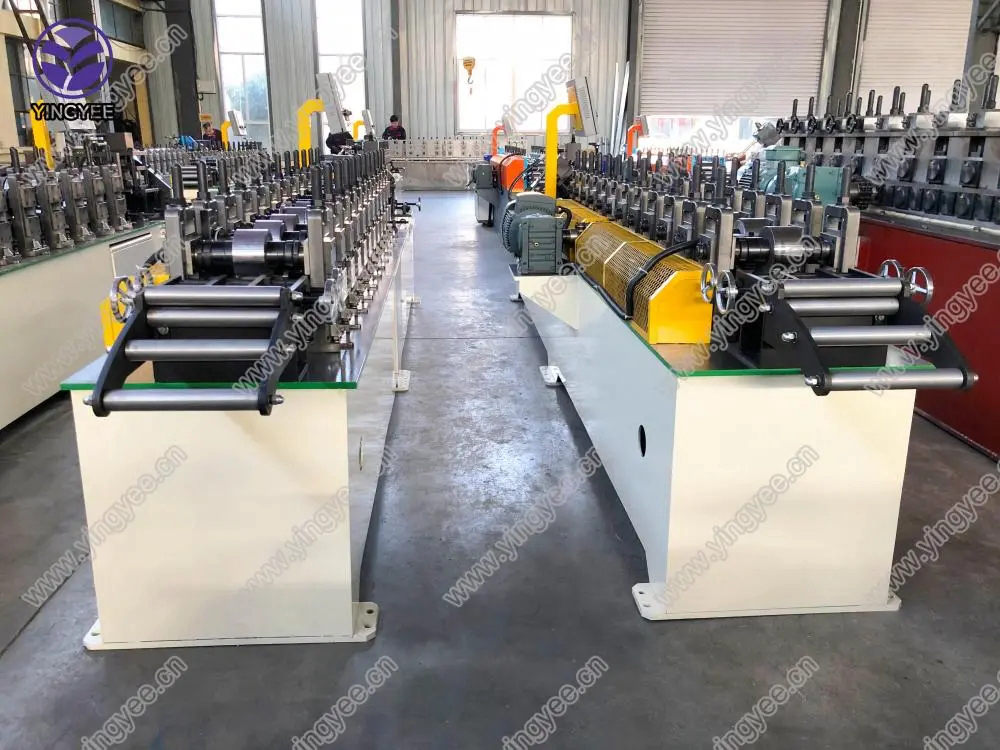
Understanding the Simple Slitting Line An Essential Tool in Metal Processing
In the realm of metal processing and fabrication, efficiency, precision, and versatility are paramount. Among the various tools and machinery that support these goals, the simple slitting line stands out as a critical component in the production of high-quality metal strips. This article explores the function, components, benefits, and applications of a simple slitting line, highlighting its importance in the manufacturing sector.
A slitting line is a specialized set-up used to cut large coils of metal into narrower strips. The process begins with a master coil, which is unwound and fed into the slitting line. The metal is then cut into the desired widths using rotary knives, which provide clean, precise cuts. After slitting, the resulting strips are typically recoiled into smaller coils for storage, transportation, or further processing.
Components of a Simple Slitting Line
A typical simple slitting line consists of several key components
1. Uncoiler This is where the master coil is mounted and unwound. Uncoilers are designed to accommodate coils of various weights and diameters and come equipped with hydraulic or pneumatic systems for easy loading and unloading.
2. Slitting Machine The core of the slitting line, this machine features multiple rotary blades. The number and spacing of these blades can be adjusted according to the desired strip width. The blades cut the metal while it moves at high speeds, ensuring efficiency and minimizing downtime.
3. Tension Control Maintaining proper tension throughout the process is critical to achieve consistent strip width and to prevent the material from wrinkling or deforming. Tension control systems employ various methods, including weight or pneumatic systems.
4. Recoiler After slitting, the individual strips are wound into coils by the recoiler. This component is crucial for ensuring that the finished products are neat and manageable for transportation or further processing.

5. Drive System A robust drive system powers the line and synchronizes the various components, ensuring smooth operation and high throughput.
Benefits of Using a Simple Slitting Line
The adoption of a simple slitting line offers numerous advantages for manufacturers. Firstly, it significantly enhances productivity by allowing for high-speed processing of metal coils, reducing lead times for production. Secondly, the precision of the cuts ensures that the final products meet strict tolerance specifications, which is particularly important in industries where precision is critical.
Moreover, slitting lines are versatile and can handle a range of materials, including stainless steel, aluminum, and carbon steel. This flexibility enables manufacturers to cater to various market needs without investing in multiple specialized machines.
Applications of Simple Slitting Lines
Simple slitting lines find applications across numerous industries. In the automotive sector, for instance, they are used to produce components and body panels from sheet metal. In construction, slitting lines supply materials for cladding, roofing, and various structural applications. Additionally, the aerospace and electronics industries benefit from precision metal strips for a range of components.
Conclusion
In summary, the simple slitting line is an indispensable asset in modern metal processing. Its ability to transform large coils of metal into precise strips quickly and efficiently underscores its significance in various manufacturing sectors. As industries continue to demand higher efficiency and precision, the role of slitting lines will only become more prominent, making them a vital part of the production landscape. Investing in advanced slitting technology not only improves operational efficiency but also enhances the overall quality of the final products produced.